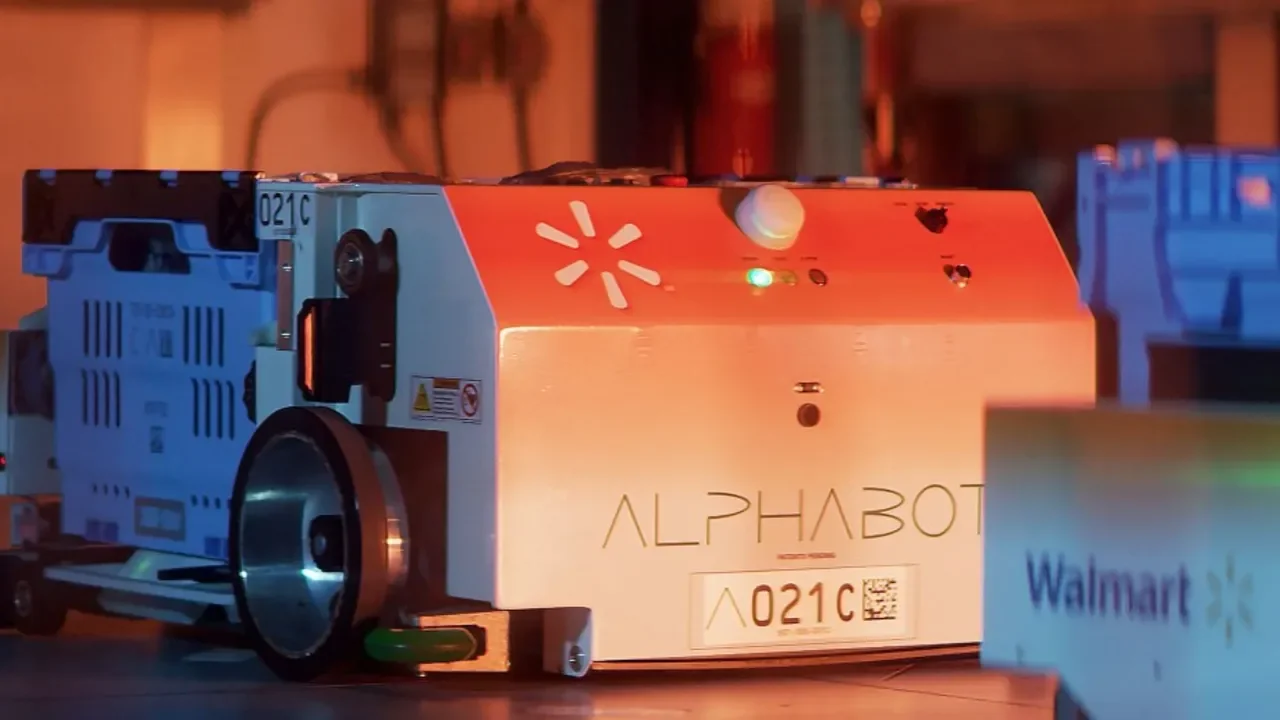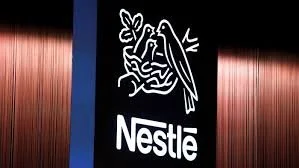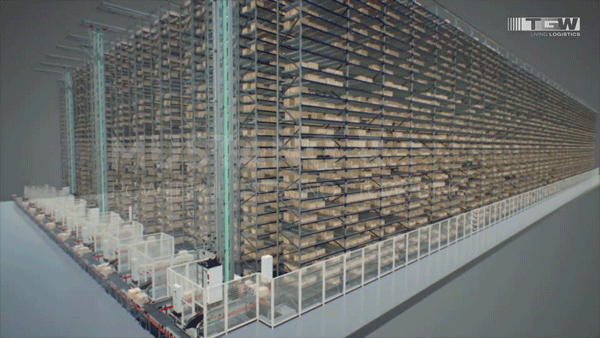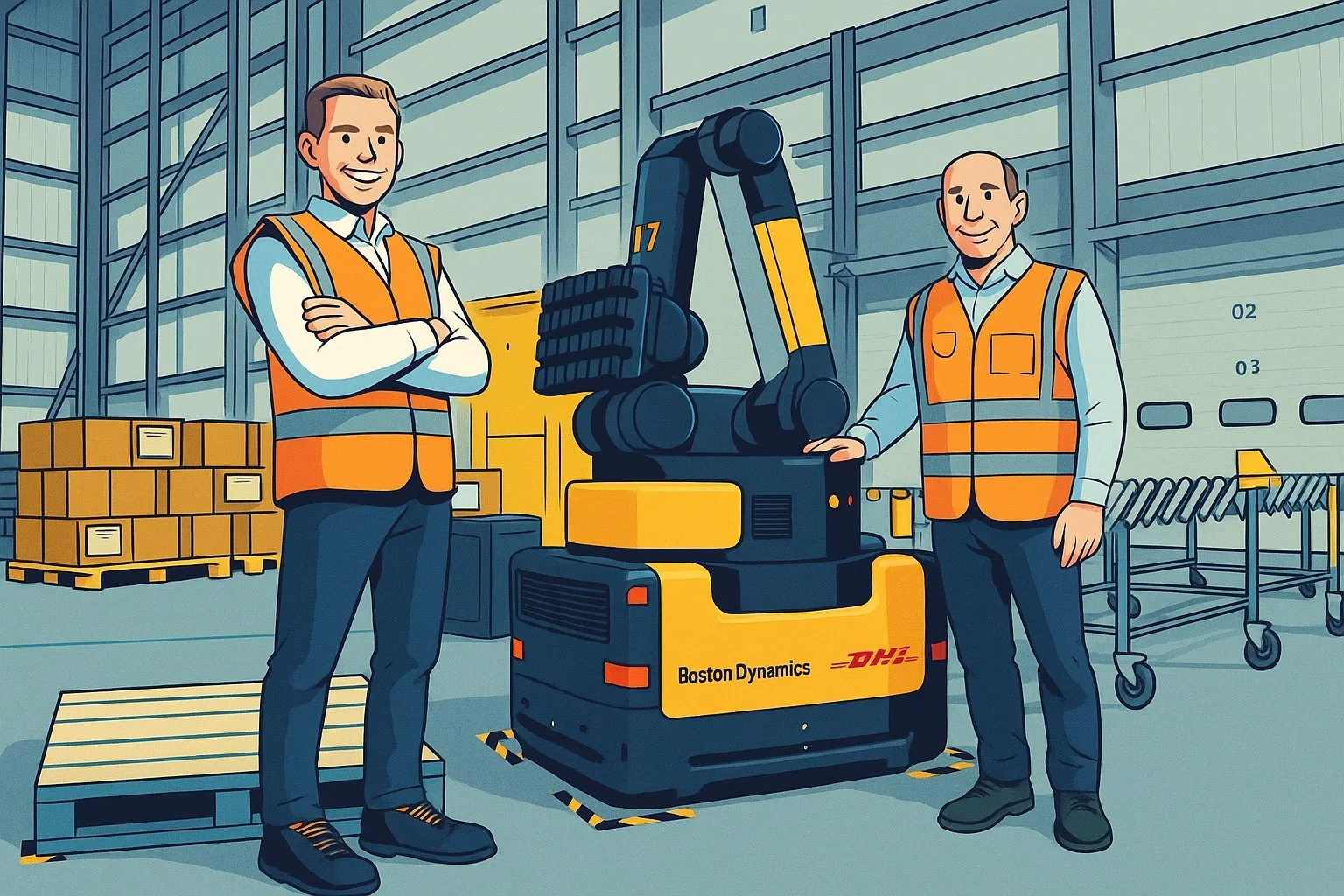The Rise and Fall of Attabotics: A Cautionary Tale in Warehouse Robotics
Overview: Attabotics Files for Bankruptcy Protection
Attabotics Inc., a Calgary-based robotics and automation startup known for its innovative 3D vertical storage and retrieval system, filed for bankruptcy protection on June 30, 2025, according to multiple reports.
Founded in 2016 by CEO Scott Gravelle, Attabotics aimed to disrupt traditional warehouse fulfillment by eliminating aisles in favor of a cube-based, goods-to-person architecture inspired by the structure of ant colonies. The company's robotic "blades" operated on X, Y, and Z axes, fetching inventory bins stacked vertically inside a dense, modular cube.
At its peak, Attabotics employed over 300 people, with roughly 250 based in Calgary as of 2022. It was one of Canada’s most high-profile deep-tech ventures, widely promoted as a potential global leader in supply chain innovation.
However, the recent filing of a Notice of Intention to Make a Proposal under Canada's Bankruptcy and Insolvency Act reveals a sharp reversal of fortune. A sign posted at the company's facility near Calgary International Airport indicated that employee contracts were terminated effective June 30, and staff access to the premises was revoked. Some employees were seen leaving with personal belongings, exchanging quiet farewells.
Former staff began updating LinkedIn profiles with “Open to Work” statuses, and Gravelle’s personal bio was changed to read: “Recovering visionary. Taking a long-deserved break.”
Attabotics had raised over US$165 million between 2019 and 2022, including a US$71.7 million Series C-1 round, and received millions in public support from the Strategic Innovation Fund and the Opportunity Calgary Investment Fund.
Despite early promise, the company faced persistent technical and commercial headwinds that it ultimately could not overcome.
What Went Wrong
As seasoned professionals in the warehouse automation and robotics industry, our team has closely followed Attabotics' journey. While many will attribute the company’s downfall to market conditions or capital exhaustion, we believe the failure was largely the result of avoidable strategic and executional errors.
1. Suing a Key Customer: Canadian Tire
One of the most damaging decisions, in our opinion, was Attabotics’ decision to sue Canadian Tire Corporation after a major fire at the Brampton distribution center. This occurred during a joint Scale AI–funded project in which Attabotics had received $7 million to help redesign and assist Canadian Tire’s warehouse operations.
The fire caused $87.7 million in losses. Instead of working toward a collaborative solution with a major retail client, Attabotics took an adversarial approach—accusing the customer of “wrongful conduct.” This move likely shattered customer trust and sent negative signals to investors and other prospects.
2. Lack of Domain Expertise at the Executive Level
Founder and CEO Scott Gravelle lacked hands-on experience in key operational areas such as robotics engineering, supply chain systems, ASRS design, or warehouse sales. His vision was bold, but the absence of practical domain knowledge hindered the company's ability to make the right product, engineering, and go-to-market decisions.
You cannot lead a company selling mission-critical warehouse technology without deeply understanding what warehouse operators actually need—or how they think.
3. Lavish Spending on Facilities Instead of Core Capabilities
Attabotics spent millions building an elaborate, Taj Mahal–inspired headquarters in Calgary. While architecturally impressive, this investment came at a time when customers were still questioning the system’s reliability and throughput. It sent the wrong message: that the company prioritized optics and media attention over customer results.
In automation, the most beautiful building in the world won’t matter if your system fails to meet its SLA.
4. Internal Culture of Inexperience and Echo Chambers
Attabotics’ leadership team, in our view, was filled with executives and managers who lacked the operational experience needed to sell, support, and scale complex robotics systems. Many were “yes-man” types who did not challenge key decisions.
Making matters worse, most of Attabotics’ customers were first-time buyers of automated systems—inexperienced in selecting, operating, or scaling highly complex warehouse technologies. This placed enormous pressure on Attabotics to deliver flawless performance without experienced internal leadership or mature client-side counterparts.
5. Failure to Deliver Reliable, High-Speed Software
This may be the most critical issue of all. Attabotics never succeeded in developing the software required to operate their hardware at the speed, reliability, and precision required in automated storage and retrieval systems (ASRS).
Despite their novel 3D hardware concept, the orchestration layer lacked the maturity to match the real-world throughput and reliability of competitors like AutoStore and Exotec, both of which offer battle-tested, production-grade platforms in active use globally.
In warehouse automation, software is the brain—and without robust, latency-free software, even the most innovative hardware becomes a liability.
Final Thoughts
Attabotics had a compelling story: visionary hardware, vertical storage innovation, and early praise from media and investors alike. But vision without execution—and innovation without discipline—rarely scale in the industrial world.
The fall of Attabotics serves as a stark reminder that in the supply chain sector:
🚫 Trust is fragile.
🔧 Execution is everything.
⏱️ Throughput and reliability are non-negotiable.
🤝 Relationships matter more than hype.
Warehouse automation is not a world that tolerates shortcuts. It rewards those who understand the market deeply, build resilient systems, and support customers through years of operational maturity—not just press releases.
A letter taped to the employee entrance at Attabotics in northeast Calgary is shown on Wednesday, July 2, 2025. The company is making a notice to file for bankruptcy. Jim Wells/Postmedia
A letter taped to the employee entrance at Attabotics in northeast Calgary is shown on Wednesday, July 2, 2025. The company is making notice that it intends to make a proposal under the bankruptcy and insolvency act. Jim Wells/Postmedia

































